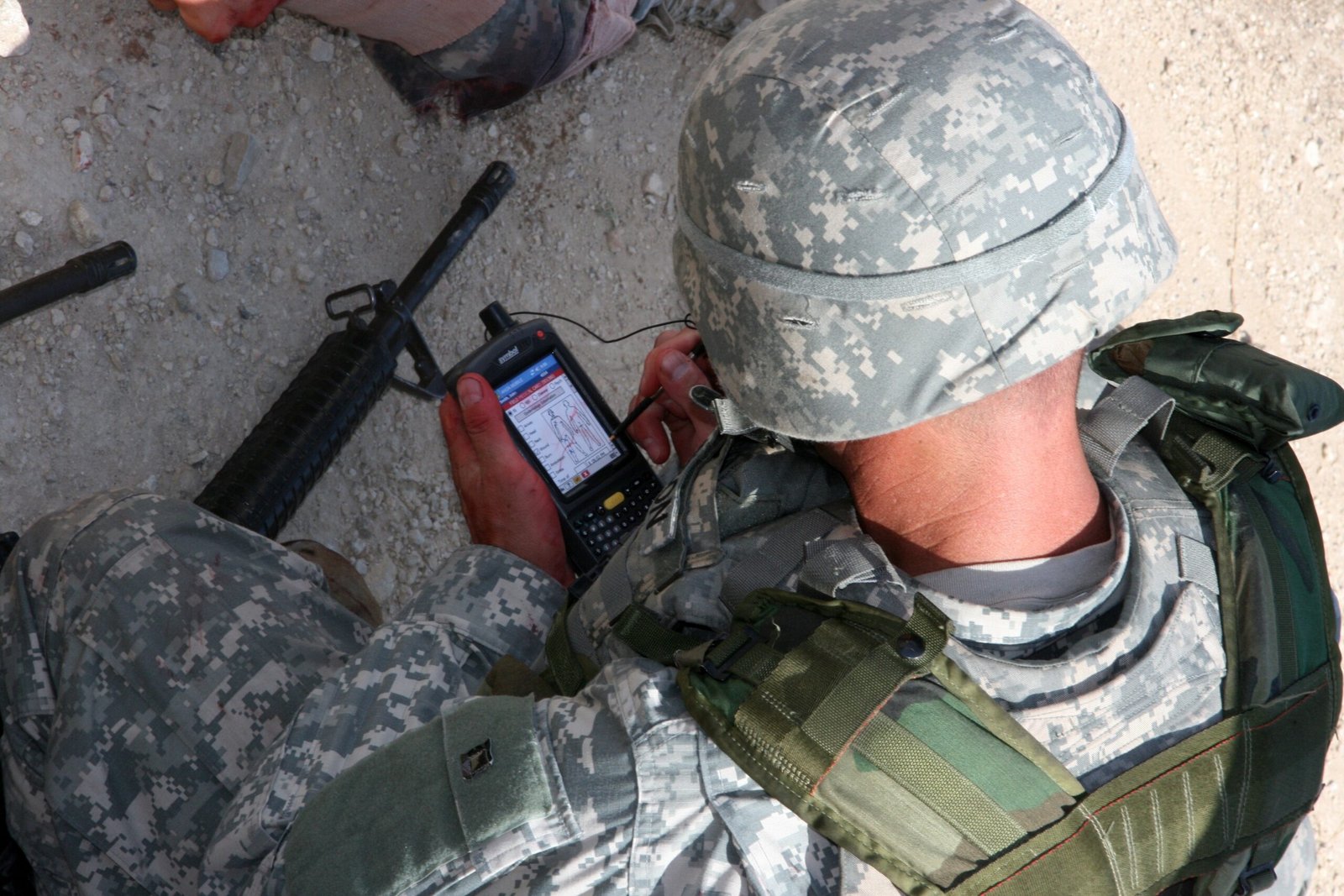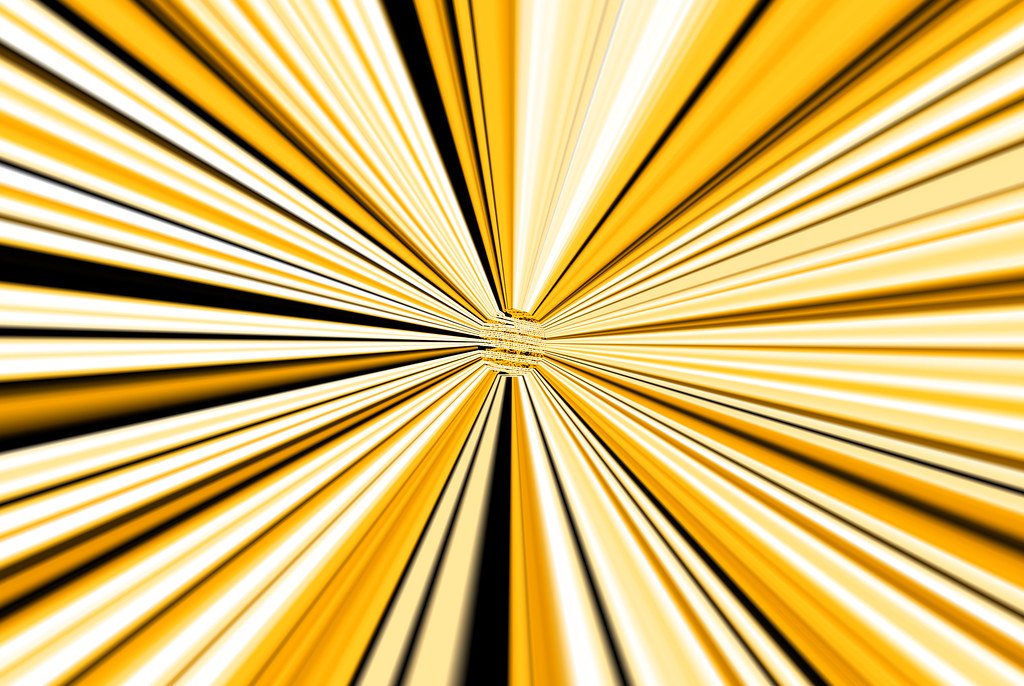In the vast realm of science fiction, “Star Trek” stands as a beacon of imaginative storytelling, blending futuristic technology with dazzling space adventures. Yet, beneath its fictional veneer lies a fascinating question: how much of this sci-fi universe is becoming real? As technology rapidly advances, what once seemed like pure fantasy is slowly inching closer to reality. This exploration unveils the intriguing intersection of “Star Trek” and modern science, unearthing how much of Captain Kirk’s world is weaving into our own.
Warp Speed: Faster Than Light Travel
Warp speed, the concept of traveling faster than light, is a cornerstone of “Star Trek.” It allowed starships to zip across galaxies in the blink of an eye. While it remains a dream, physicists have speculated about its possibility. The Alcubierre drive, a theoretical model, proposes bending space-time to create a warp bubble. This bubble could theoretically allow a spacecraft to travel faster than light within it, without violating Einstein’s theory of relativity. Though we’re far from achieving this, the concept fuels scientific curiosity and inspires new research into the fabric of space-time.
Teleportation: Beam Me Up, Scotty

The iconic phrase “Beam me up, Scotty” encapsulates the allure of teleportation. In reality, quantum teleportation has made strides, albeit not for humans. Researchers have successfully teleported quantum information over distances, marking a significant breakthrough. This process involves the transfer of quantum states from one particle to another, across space. While this doesn’t equate to teleporting matter, it holds promise for future technologies like quantum computing and secure communication. The dream of instant human transportation remains distant, but these scientific endeavors keep the spirit of teleportation alive.
Tricorders: Handheld Medical Marvels

In “Star Trek,” the tricorder is a versatile device used for scanning and diagnosing medical conditions. Today, this concept is inching closer to reality with portable diagnostic tools. Modern handheld devices can perform a range of functions, from monitoring vital signs to analyzing blood samples. These advancements in medical technology aim to revolutionize healthcare by providing quick, accurate diagnostics outside traditional settings. While not quite as advanced as their fictional counterparts, these devices reflect the tricorder’s spirit, bringing advanced medical diagnostics into the palms of our hands.
Replicators: From Fiction to Fabrication

Imagine a device that can create anything you desire, from a cup of coffee to a complex machine part. In “Star Trek,” replicators accomplished just that. Today, 3D printing technology echoes this concept. It allows for the creation of objects by layering material based on digital designs. While not instantaneous like replicators, 3D printing is revolutionizing manufacturing, medicine, and even culinary arts. The ability to print organs, prosthetics, and even food showcases how this technology is bridging the gap between science fiction and reality, one layer at a time.
Artificial Intelligence: The Sentient Machines
“Star Trek” introduced us to Data, a sentient android with human-like intelligence. In our world, artificial intelligence (AI) is rapidly evolving, with machines capable of learning, reasoning, and even exhibiting creativity. From virtual assistants like Siri and Alexa to sophisticated algorithms predicting stock market trends, AI is becoming an integral part of our lives. Although we haven’t created a Data-like android yet, AI’s progression suggests that advanced, sentient machines might not be as far-fetched as they once seemed. The ethical implications of such advancements remain a topic of robust debate.
Holodeck: Virtual Reality’s Predecessor
The holodeck, a virtual reality environment in “Star Trek,” allowed characters to experience immersive simulations. Today, virtual reality (VR) technology is making significant strides, offering users the ability to explore digital worlds with remarkable realism. From gaming to education, VR provides immersive experiences that were once confined to science fiction. The development of haptic feedback and advanced graphics continues to push the boundaries of VR, promising a future where the lines between virtual and real worlds blur, much like the holodeck.
Universal Translators: Breaking Language Barriers

The universal translator in “Star Trek” allowed seamless communication between different species. In our world, language translation technology is advancing rapidly. Applications like Google Translate can instantly translate text and speech in multiple languages, breaking down communication barriers globally. While not yet perfect, these technologies are continually improving, fueled by machine learning and AI. The dream of real-time, flawless translation is becoming more attainable, fostering understanding and collaboration across cultures.
Cloaking Devices: The Art of Invisibility

Cloaking devices in “Star Trek” rendered ships invisible, a captivating concept that sparked scientific interest. In reality, researchers are exploring metamaterials that bend light around objects, creating a cloaking effect. While current technology is limited to microscopic scales and specific wavelengths, it lays the groundwork for future advancements. The pursuit of invisibility continues, driven by the potential applications in military, privacy, and beyond. Although full-scale cloaking devices remain elusive, the progress made is a testament to the power of imagination in driving scientific exploration.
Space Travel: The Final Frontier
Space travel, a central theme in “Star Trek,” is becoming increasingly accessible. With private companies like SpaceX and Blue Origin spearheading innovations, the dream of commercial space travel is becoming a reality. The International Space Station serves as a testament to human collaboration in space exploration. Ambitious plans to colonize Mars and explore distant planets echo the spirit of “Star Trek’s” mission to explore the final frontier. While interstellar travel remains a distant goal, the advancements in space technology continue to pave the way for humanity’s journey beyond Earth.
Communicators: The Precursor to Modern Smartphones
The communicators in “Star Trek” were handheld devices that enabled instant communication across vast distances. Today, smartphones have become ubiquitous, offering communication capabilities that surpass those of the fictional communicators. With internet access, video calls, and global connectivity, modern smartphones have revolutionized how we interact and share information. The evolution of mobile technology reflects the influence of science fiction on real-world innovations, underscoring the power of imagination in shaping our technological landscape.
In conclusion, “Star Trek” serves as a rich tapestry of imaginative concepts that continue to inspire scientific exploration and technological innovation. While many of its ideas remain in the realm of fiction, the relentless pursuit of knowledge and advancement ensures that the line between science fiction and reality continues to blur, propelling humanity toward a future once only dreamed of in the stars.




